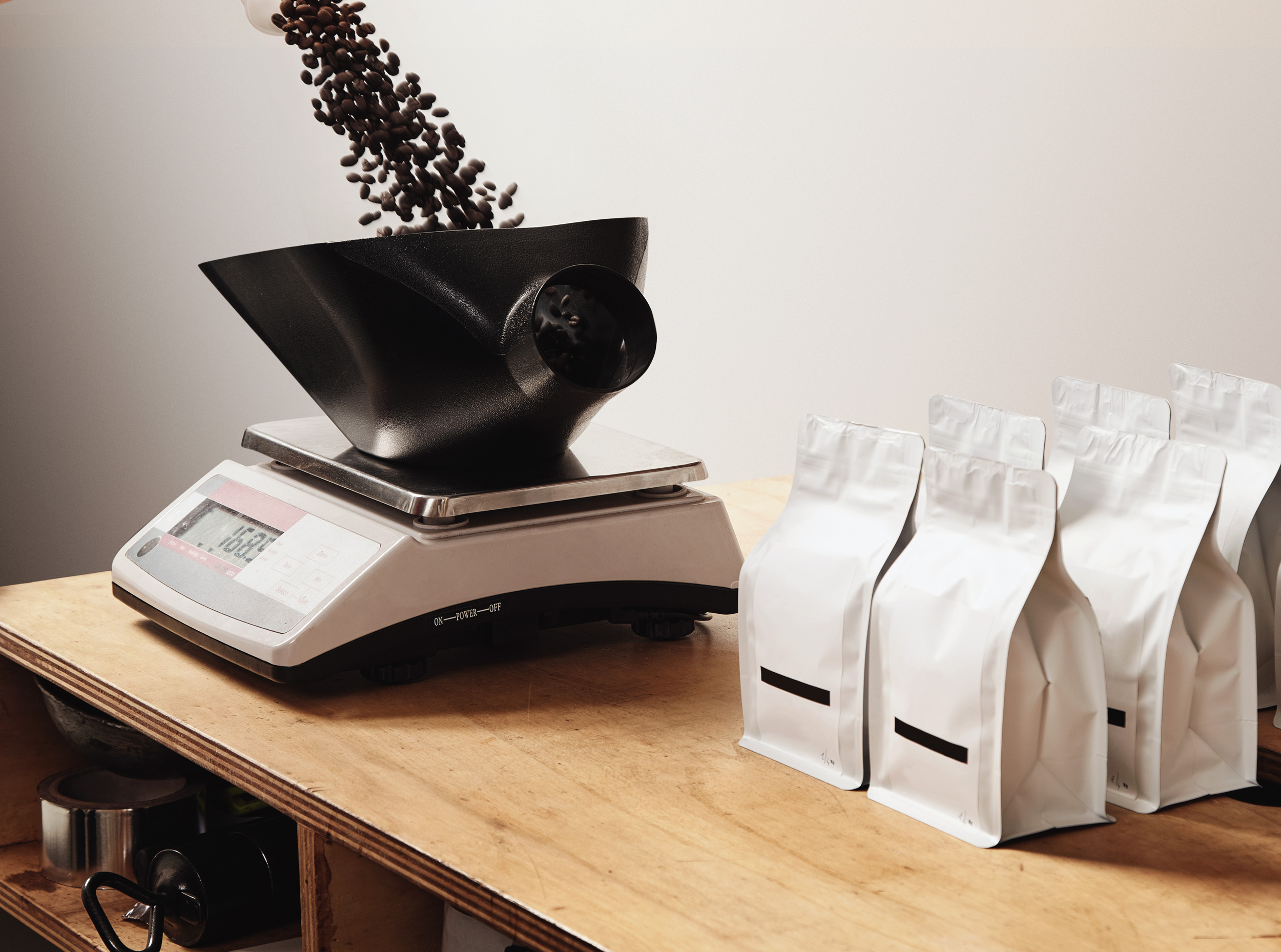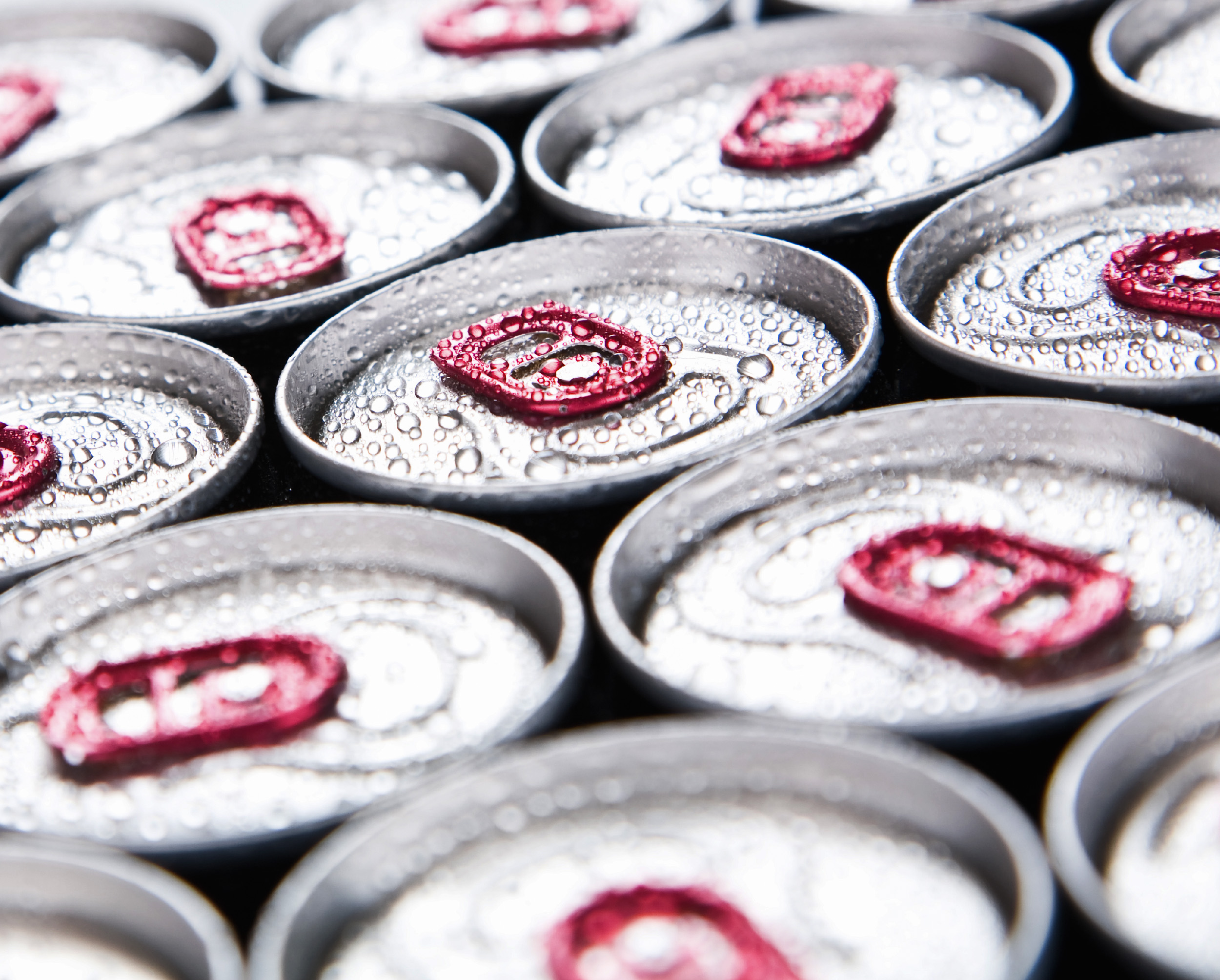Because packaging waste has a visible impact in consuming countries, it is often thought of as a major contributor to the environmental impact of coffee. Many coffee roasteries tout their environmental credentials by emphasising their recyclable or compostable packaging. However, numerous analyses show that the environmental impact of packaging is limited.
One analysis of a coffee roasting business in Sicily looked at several measures of environmental impact, including greenhouse gas emissions, ecotoxicity, and ozone layer depletion (Salomone 2003). According to this study, the environmental impact of roasting and packaging the coffee is ‘almost negligible’ compared with other factors that contribute to the carbon footprint and other environmental consequences of coffee production. This applies whether the packaging is recycled or not.
An analysis of production at Tchibo, on the other hand (PCF Pilotprojekt Deutschland, 2008), estimates that packaging contributes 0.13 kilograms of carbon dioxide (CO2) per kilogram of green coffee, accounting for 1.8% of the total emissions for a cup of coffee. This is the default value used in the LCA (life-cycle analysis) app.
A research paper comparing multiple life-cycle analyses showed that packaging makes a modest contribution to the overall carbon footprint, with two notable exceptions: pre-brewed, packaged coffee (such as التخمير البارد) and coffee capsules or pods (Heller 2017). Because each pre-brewed coffee is packaged individually, packaging made by far the single biggest contribution to the carbon footprint of the beverage (Hassard et al 2014). This study was based on consumption in Japan, where pre-brewed coffee is commonly available, usually packaged in steel cans. Around 17% of all coffee in Japan is consumed this way; because of the impact of the packaging, it contributes nearly half of the carbon footprint from coffee consumption in that country.
Packaging is the biggest source of emissions from capsules and ready-to-drink coffee. However, single serve capsule systems can still be more environmentally friendly than brewed coffee if it results in less wasted coffee.
In the case of single-serve capsules or pods, the environmental impact of the packaging may be offset by reduced coffee waste. Heller points out that in drip-brewed systems, it’s common to make more coffee than is actually consumed. If this occurs, then single-serve systems can actually be a more environmentally friendly option.
A comprehensive LCA comparing different types of packaging shows that laminate bags or packs are more environmentally friendly than steel or plastic containers, both in terms of the carbon footprint and in the amount of solid waste generated, even when recycling is taken into account (Franklin Associates 2008).
Although new types of coffee packaging such as fully compostable bags should reduce the amount of plastic sent to landfills, no strong evidence suggests that they will reduce the overall carbon footprint. For example, one study of bioplastics found that the fertilisers used in growing the feedstock and the processing required to turn the plants into plastic generated more CO2 than traditional plastic manufacturing (Tabone et al 2010).


